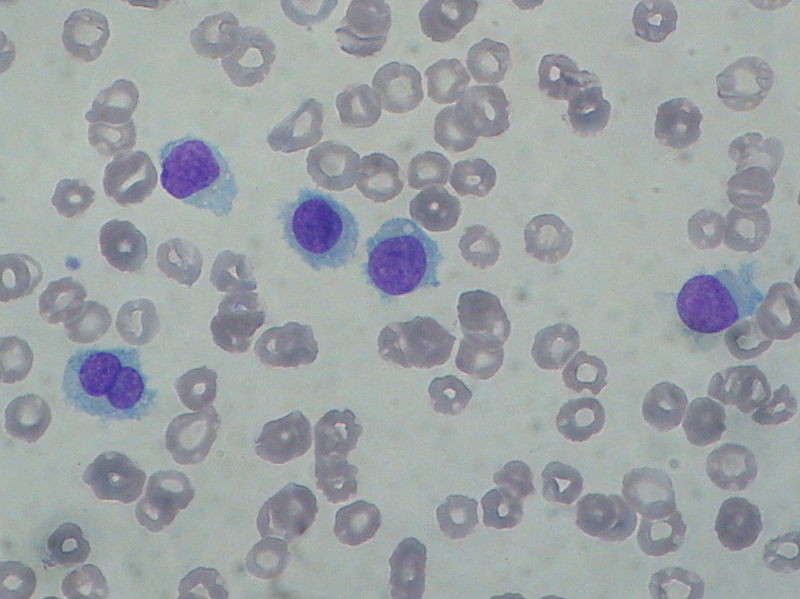Researchers have been trying to figure out why cancer can return long after all tumors have been defeated. The reason is yet under debate and much is unclear – but a new research led by Weizmann Institute scientists may have found the answer, at least for one type of blood cancer.
Apparently, the source of leukemia recurrence is a set of cells that do not proliferate as quickly as regular cancer cells and are able to survive chemotherapy. The findings, which appeared in the journal Blood, have some important implications for the future of cancer treatment.
Related Stories:
Cancer involves a breakdown in the mechanism that regulates the pace of cell division. When this happens, cells divide rapidly, leading to uncontrolled growth of tumors that ‘take over’ the body. The most common chemotherapy drugs are those that specifically attack cells that are undergoing rapid division, which often destroy all the cancer cells, leading to the patient’s recovery. But there are also leukemia patients who suffer from cancer recurrence even after successful chemotherapy.
Debated recurrence
Several explanations have been proposed as to why this happens. One is that the chemotherapy does not terminate every last cancer cell, leaving a few to continue dividing until the disease returns in full force. According to another explanation, chemotherapy does affect all the regular cancer cells but there is another type of cancer cell that hides inside the body. As opposed to the rapidly dividing majority of cancer cells, these undergo slow division, enabling them to evade the chemotherapy drugs. These evasive cells can produce new rapidly-dividing cancer cells, which are known as “cancer stem cells.”
If the first explanation is true, it means that it is necessary to improve existing treatments, while the second implies that a completely different approach to cancer treatment is needed to root out the evasive cancer cells.
Reconstructing cell lineage trees
Sign up for our free weekly newsletter
SubscribeIn attempt to resolve the debate, the team of Prof. Ehud Shapiro of the Weizmann Institute’s Biological Chemistry and Applied Mathematics and Computer Sciences Departments, worked with scientists and physicians from Rambam Medical Center and the Technion, both in Haifa.
The researchers used a method of reconstructing cell lineage trees that has been developed over the past few years in Shapiro’s lab. Since the genetic material goes through unique mutations during cell division and these mutations are passed on to the daughter cells, it is possible to map out cells’ detailed family trees by comparing mutations. Thus, researchers could determine how far back the different cells share a common ‘ancestor.’
To reconstruct the cancer cells’ lineage tree, the team used two sets of blood samples: the first taken from leukemia patients right after the disease was diagnosed and the second from those patients who had undergone chemotherapy after which the cancer had returned. The researchers could then compare the recurring cancer cells back to the original cancer cells.
The lineage tree showed that, at least in some of the patients, the source of the renewed cancer was not in the initially treated cancer cells, but rather in cells that have only divided a few times. In other words, the recurring cancer arose from cells that divide very slowly, making them resistant to the attacks of chemotherapy drugs.
Prof. Shapiro explains: “We know that in many cases, chemotherapy alone is not able to cure leukemia. Our results suggest that to completely eliminate it, we must look for a treatment that will not only eliminate the rapidly dividing cells, but also target the cancer stem cells that are resistant to conventional treatment.”
Photo by Paulo Henrique Orlandi Mourao
Related posts

Israeli Medical Technologies That Could Change The World

Harnessing Our Own Bodies For Side Effect-Free Weight Loss

Missing Protein Could Unlock Treatment For Aggressive Lung Cancer




Facebook comments